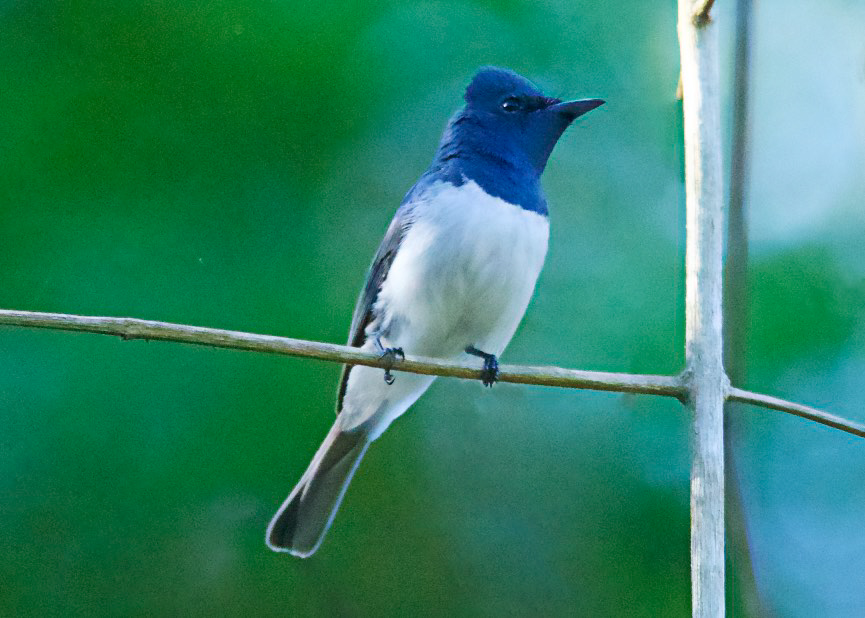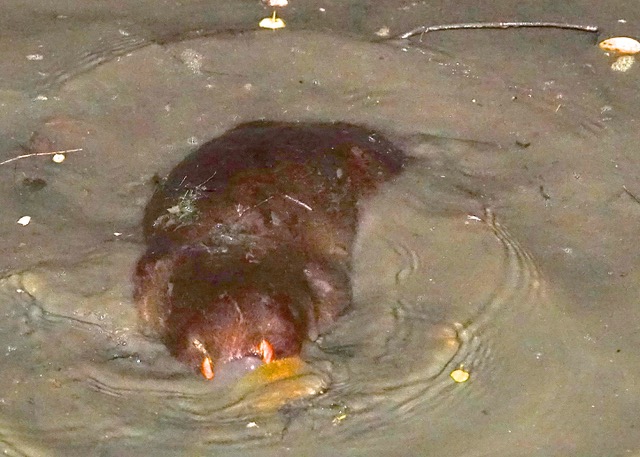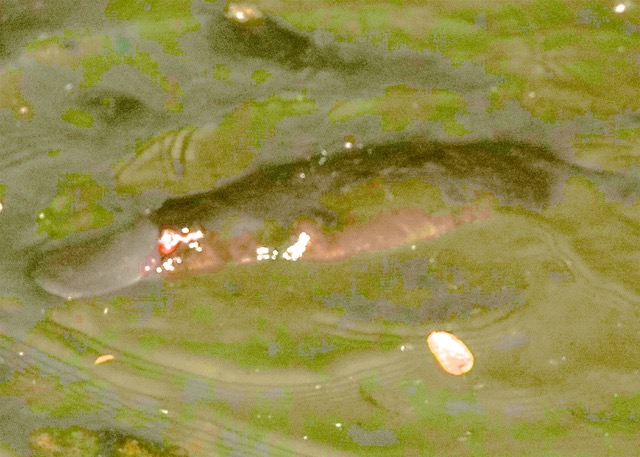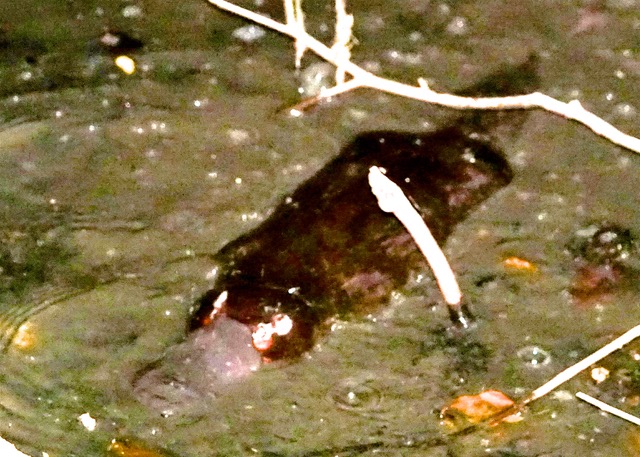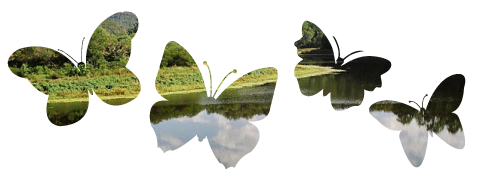The MCCG website has recently moved to a new platform.
We are hoping the migration is seamless and that you do not notice any changes.
If you notice anything unexpected or any errors on the site, we’d be grateful if you could send an email to: [email protected].
We thank you for visiting our website and hope you find the content interesting and useful!
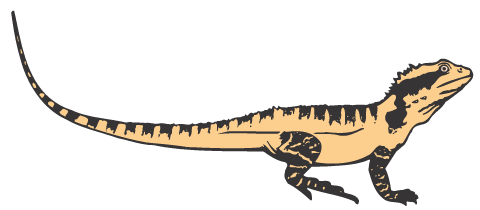

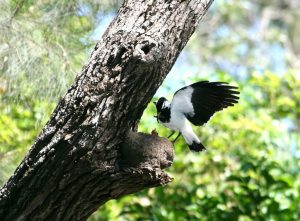
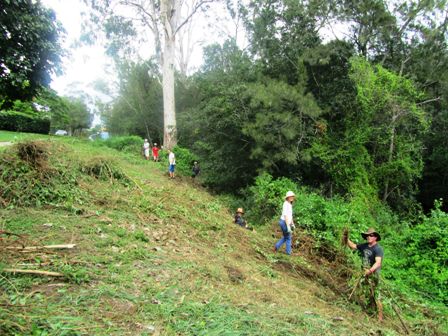
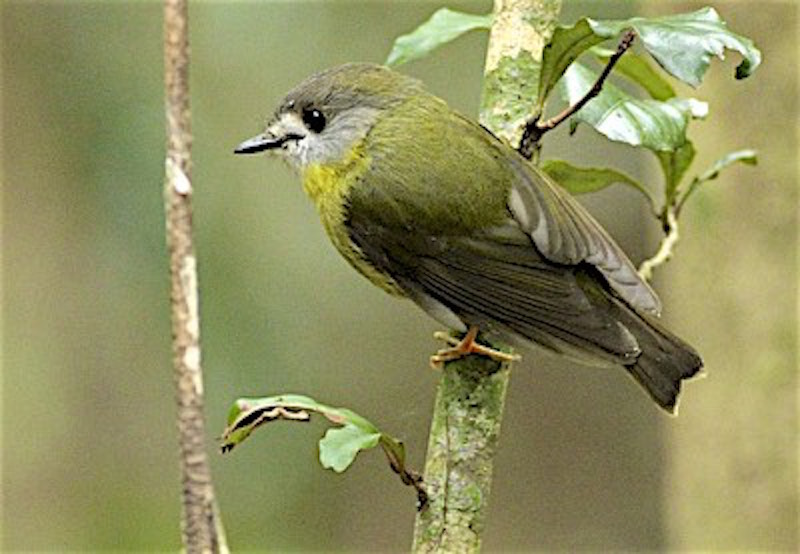 Pale Yellow Robin © Ed Frazer
Pale Yellow Robin © Ed Frazer 